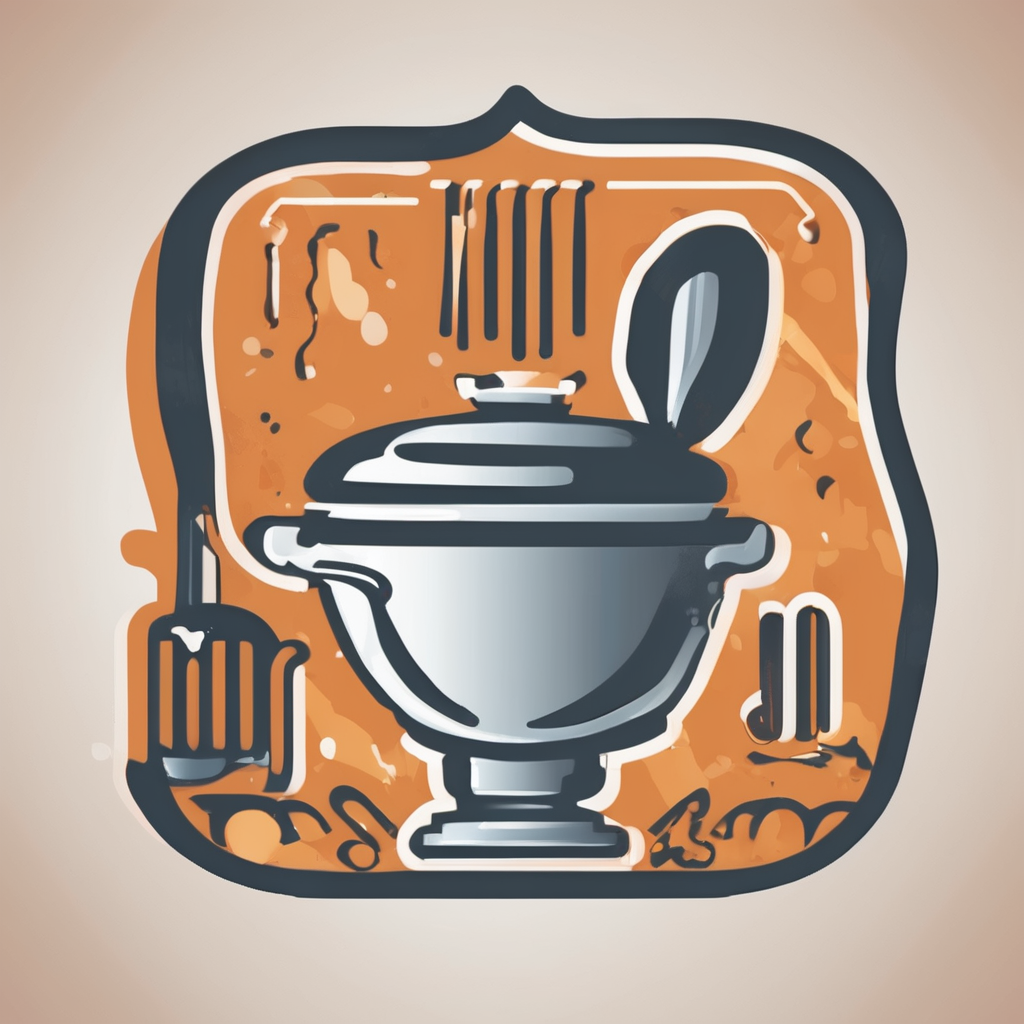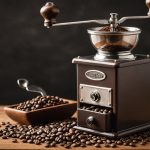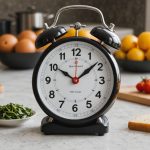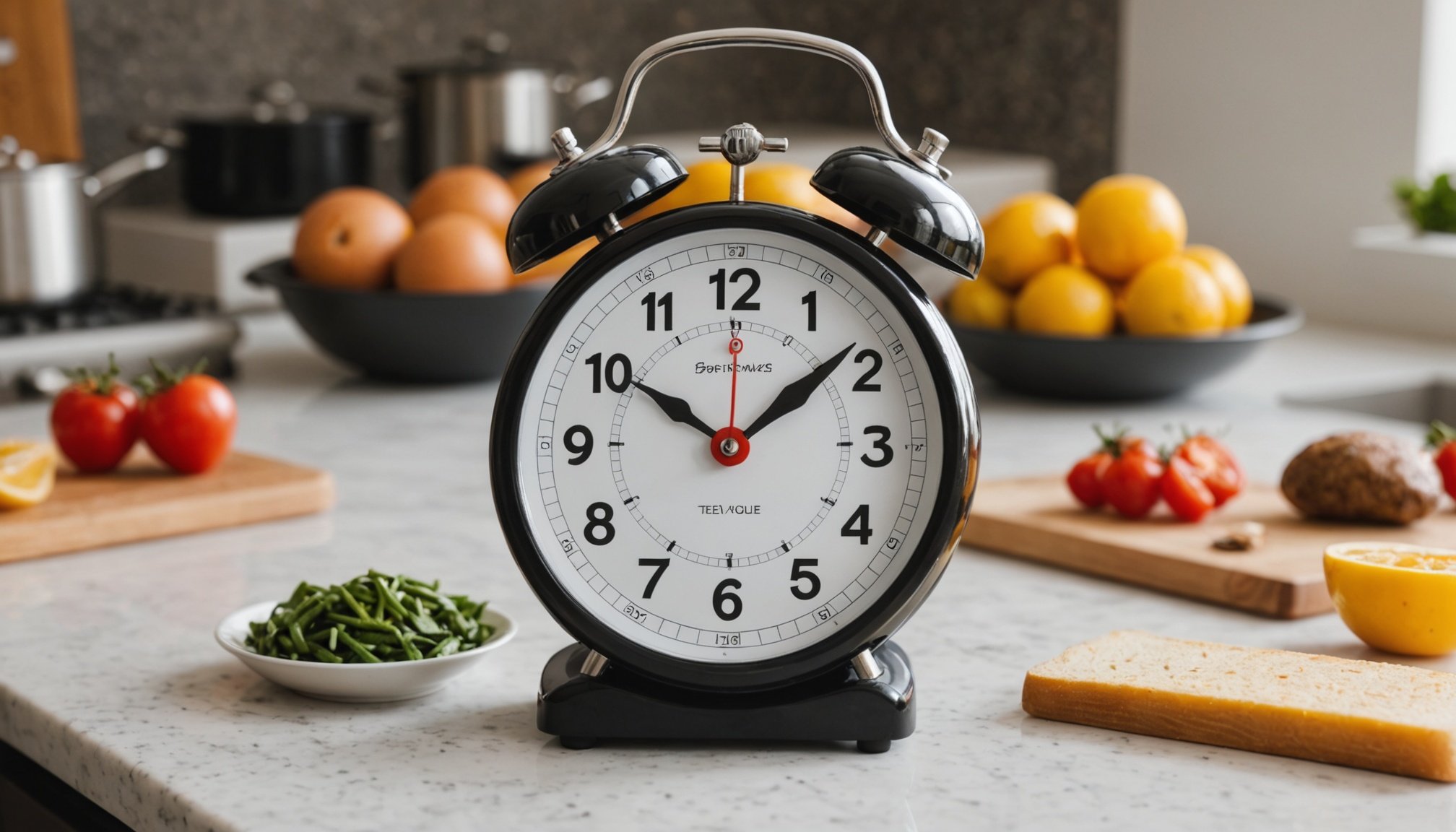Understanding the Importance of Time Management in the Kitchen
Time management is pivotal in achieving kitchen efficiency and boosting cooking productivity. The ability to organise tasks efficiently can transform meal preparation from a chaotic endeavour to a seamless process. In the hustle of everyday life, maintaining efficient time management can drastically affect meal outcomes.
One of the main challenges in time management within the kitchen is synchronising cooking tasks. It’s quite typical to feel overwhelmed when handling multiple dishes with varying cook times, often leading to undercooked or burnt meals. Interruptions and distractions also pose significant barriers to productivity, making it difficult to focus and prioritise tasks effectively.
Have you seen this : Ultimate guide to selecting a durable and easy-to-clean pull-down sprayer kitchen faucet
Introducing a timer into your routine can significantly mitigate these challenges. Timers help ensure that each dish receives the appropriate cooking time, enhancing both taste and nutrition. Moreover, timers act as constant reminders, promoting task prioritization and avoiding kitchen chaos. They allow cooks to allocate time effectively for pre-preparation, cooking, and cleaning tasks, enabling a more organised and efficient kitchen environment.
By honing time management skills and utilising tools like timers, cooks can overcome common challenges and elevate their cooking productivity, ensuring successful and delicious meal preparations.
Types of Kitchen Timers
Selecting the right kitchen timer can greatly enhance your cooking experience. Below, we explore different types of kitchen timers, including digital and mechanical versions, as well as smartphone and app-based options.
Digital Timers
Digital timers offer precision and versatility, making them a popular choice in modern kitchens. These devices often come with features such as countdown and count-up modes, memory settings, and clear digital displays. One significant advantage is their ability to measure time with high accuracy, ensuring perfectly cooked meals.
However, digital timers may have limitations such as dependence on batteries, which can run out unexpectedly. Some users also report difficulty navigating multiple settings.
Recommended models often highlight ease of use and reliability, with brands like OXO and ThermoPro frequently mentioned in user reviews. Many appreciate the audible alarms and clear LCD screens, making these timers user-friendly and accessible.
Mechanical Timers
These traditional timers operate without batteries, providing a simple and straightforward method for tracking cooking times. Mechanical timers typically have a wind-up mechanism which is intuitive and easy to use.
Advantages include their durability and independence from electrical power. However, they may lack the precision of digital timers, which might lead to slight discrepancies in timing.
Users tend to favor brands such as West Bend for their robustness and simplicity. Despite some limitations, mechanical timers remain a classic choice in many households, praised for their reliability and no-fuss operation.
Key Features to Consider When Choosing a Timer
When selecting a timer, its accuracy is crucial, especially in cooking or baking, where precision can significantly affect your results. An accurate timer helps ensure the perfect texture and taste, preventing undercooked or overcooked dishes.
Beyond accuracy, ease of use is essential, catering to varied skill levels among users. A timer with a user-friendly design ensures hassle-free operation. Look for intuitive interfaces with clear markings and simple buttons—ideal for novices and experienced users alike.
Additional features can enhance your timer’s practicality. Consider models with adjustable alarm settings, allowing customized volume or tone to suit your environment. This prevents accidental oversight of your timer going off. A built-in memory function is beneficial, enabling quick reset to preferred durations, which is convenient for repeated tasks like interval training or cooking routines.
Furthermore, a backlit display improves timer visibility in low-light conditions, an asset whether you’re grilling at dusk or working in a dim kitchen corner. In selecting a timer, these additional features contribute to an efficient and enjoyable user experience, providing a tool that adapts to diverse needs and enhances daily tasks. Choose wisely to enhance both your efficiency and enjoyment.
Comparing Timers: Accuracy and Usability
Investigating the accuracy between different timer types is essential for precise time management. A digital timer often offers superior accuracy due to its electronic components that minimise human error. However, examining the precision in timers, it’s crucial to consider factors like power supply and functionality, which can affect performance. Mechanical timers, while sometimes less precise, provide a satisfying tactile interaction and do not rely on batteries, making them dependable in power outages. Maintenance, such as periodic calibration, enhances the accuracy of both mechanical and digital timers.
Usability Reviews and User Experiences
Usability comparison often starts with user reviews, revealing what cooks and time-sensitive professionals value most. Digital timers rank highly in usability for their ease of programmatic adjustments and large LCD displays. Despite high marks, some users report common issues like short battery life and complex interfaces as potential drawbacks.
Mechanical timers, cherished for their simplicity, appeal to those who prefer minimalist designs without digital fuss. Real-life examples abound, where improved usability aids in time management. For instance, one cook highlighted how a digital timer’s pre-set feature eliminated manual resets, easing meal preparation. Users consistently express the importance of intuitive design, which directly impacts their experience and productivity.
Tips for Integrating Timers into Your Cooking Routine
Incorporating timers in your cooking routine can significantly elevate your meal prep experience. Timer integration not only optimises efficiency but also enhances the quality of your culinary creations. When multi-tasking in the kitchen, strategically set timers to coordinate various tasks.
Strategies for effectively using timers during meal prep include:
- Allocating specific time slots for each task. For instance, set a timer to remind you to check on simmering sauces while chopping vegetables.
- Using staggered timers. This approach helps track multiple dishes simultaneously, ensuring nothing overcooks or burns.
In multi-tasking and time-efficient cooking, timers are indispensable. They allow you to focus on multiple elements without constant visual checks. This leads to more efficient and relaxed cooking sessions.
Cooking techniques that benefit from timer use include:
- Roasting: Timers help achieve that perfect crispy skin while maintaining juicy interiors.
- Baking: Precision in timing ensures a delectable fluffy texture.
- Steaming: Avoid overcooked veggies with accurate timing for optimal crunchiness.
By following these tips, you can improve not only the taste but also the nutritional value and presentation of your meals, turning everyday cooking into a delightful, stress-free experience.
Practical Time Management Techniques for Meal Preparation
When it comes to meal preparation, adopting effective time management techniques can make a world of difference. Planning meals in advance is a strategic approach that saves not only time but also reduces stress during those hectic days. By dedicating a specific time each week to designing meal plans, you can ensure a more streamlined and stress-free cooking experience.
Batch cooking is another remarkable method that enables you to cook and prepare meals in larger quantities, storing them for future use. This approach significantly reduces daily cooking time, as you can prepare and store components of meals, making it easier to whip up a delicious dinner on the go. Consider concepts like prepping ingredients, such as chopping vegetables or marinating proteins in advance to decrease cooking time during meal service.
Incorporating timers into your cooking routine can enhance efficiency by ensuring that you remain on track with different cooking phases. Utilizing multiple timers on your smartphone or kitchen gadgets helps to avoid overcooking and minimizes waiting times between tasks. With simple adjustments and clever tools, efficient cooking becomes an achievable goal, allowing more free time to enjoy the meals you’ve so meticulously prepared.
Visual Aids to Enhance Time Management Strategies
Visual aids are powerful tools for streamlining time management, especially in the kitchen where precision is crucial. Let’s explore how infographics and cooking charts can be your best allies.
Infographics for Cooking Timers
Infographics can break down the complexities of cooking timers into simple visual formats. They offer a visual representation of various timer types, explaining their functionalities at a glance. For example, digital timers might be ideal for precise cooking whereas mechanical ones can be more straightforward for general use. Such infographics provide a clear comparison of features and accuracy among popular timers, allowing you to choose the best fit efficiently.
Meal Prep Charts
Meal prep charts serve as step-by-step guides that significantly simplify the cooking process. They visually outline suggested timelines for different cooking tasks, ensuring you maximise efficiency and never miss a step. For instance, a chart might recommend chopping veggies first, while meat marinates, optimizing time. These visual aids cater to both novice and seasoned cooks, helping anyone maintain an organised and efficient kitchen routine.
By incorporating visual aids like infographics and cooking charts into your culinary practice, you engage with tasks more effectively and ensure a smoother cooking experience.











